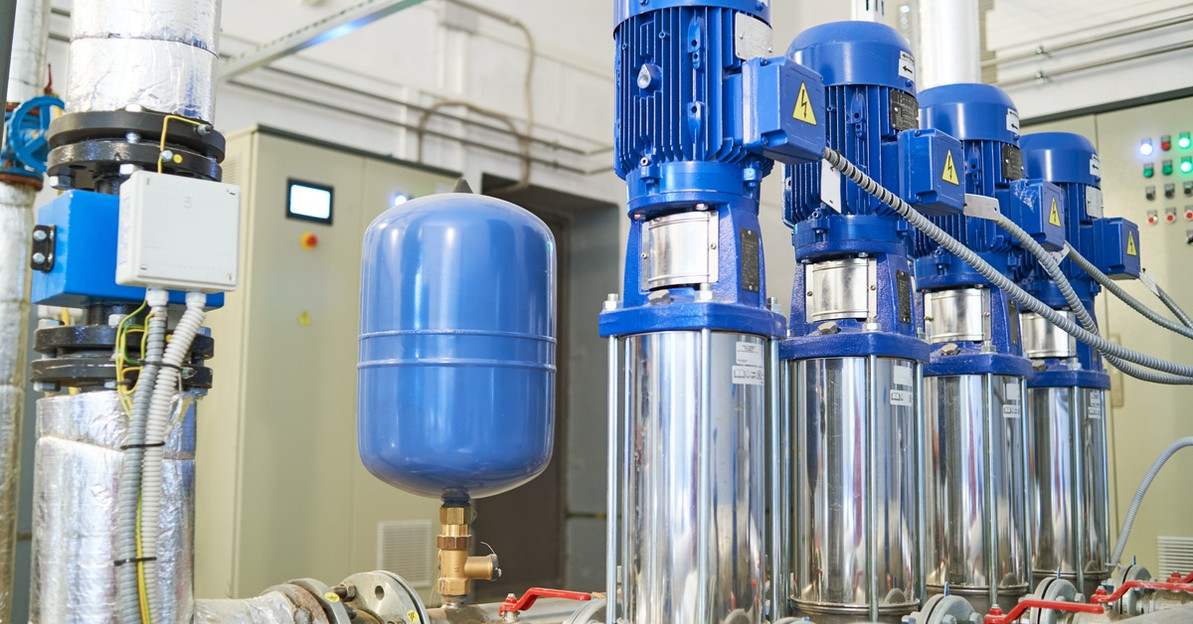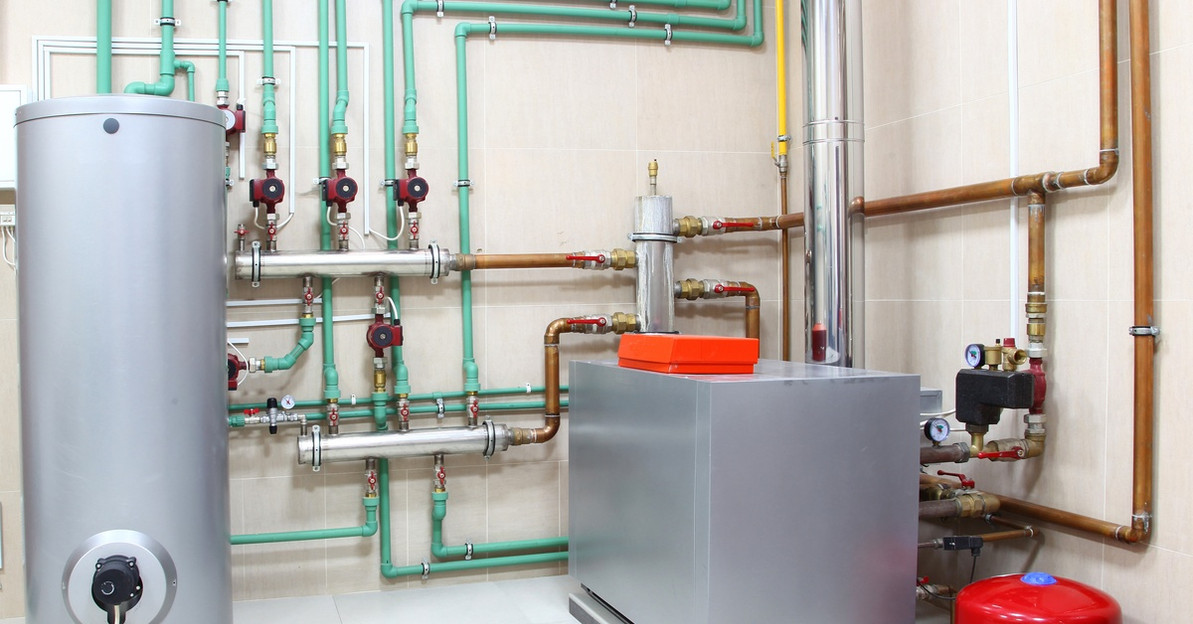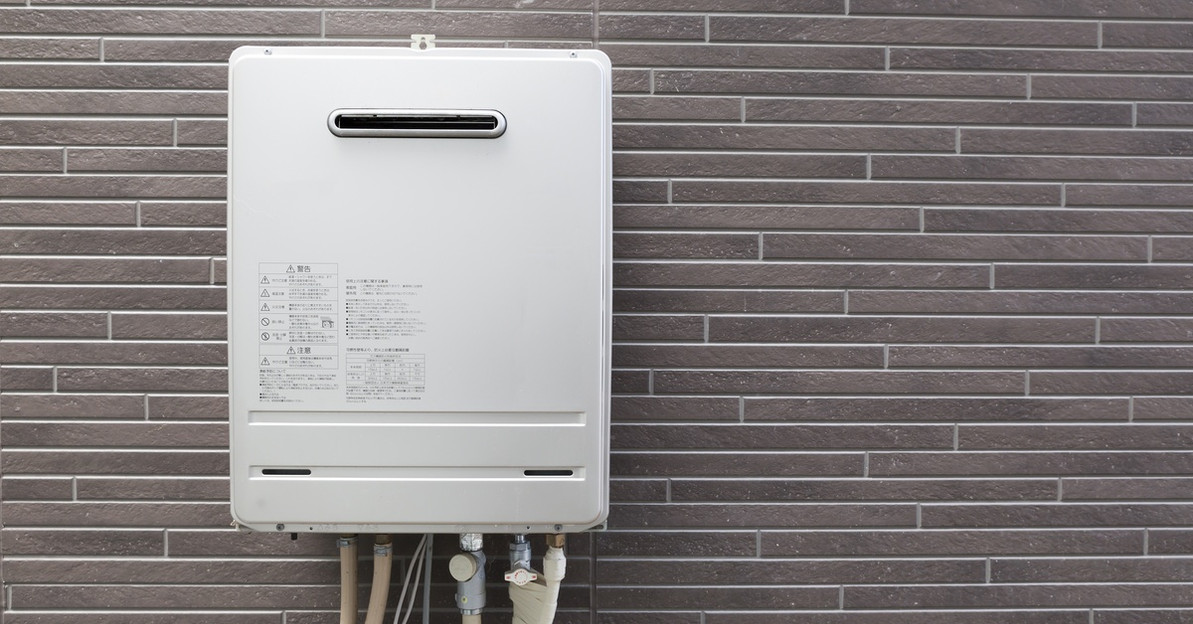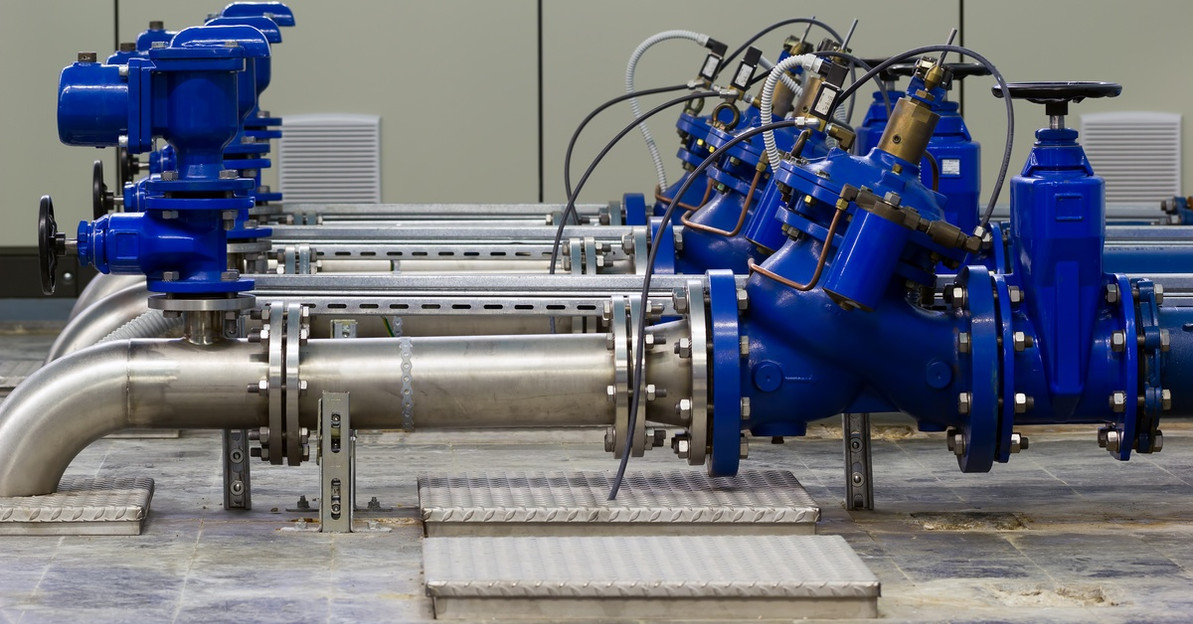Preventive Maintenance Checklist for Booster Pumps
A sudden drop in water pressure can disrupt everything from your morning shower to your irrigation system. These pumps are workhorses, designed to increase low water flow and pressure, providing a consistent and reliable supply throughout your property. But like any hard-working piece of machinery, they require regular attention to perform at their best. Neglecting them can lead to unexpected failures, inefficient operation, and costly repairs.
This guide provides a comprehensive preventative maintenance checklist for booster pumps. Following these steps will help you keep your water system running smoothly, extend its lifespan, and maintain the steady water pressure you rely on. By dedicating a small amount of time to routine checks, you can save yourself from major headaches and expenses down the road.
Why Preventive Maintenance Matters
Proactive maintenance is the key to getting the most out of your water pressure system. When you regularly inspect and care for your equipment, you are making a smart investment in its future. A well-maintained pump will last significantly longer, saving you the expense of a premature replacement. Regular checks also help the pump operate at peak efficiency, which can lower your energy bills.
Furthermore, consistent upkeep helps you catch minor issues before they escalate into major problems. A small leak or a loose connection is much easier and cheaper to fix than a complete system failure. By staying on top of maintenance, you also sustain consistent water pressure, avoiding the frustration of a weak flow when you need it most. Think of it as a small time commitment that pays off with reliability and peace of mind.

Daily and Weekly Checks
Frequent observation is your first line of defense against pump problems. These quick checks take only a few moments but can alert you to developing issues early.
Every day or at least once a week, take a moment to listen to your pump while it operates. You know it’s normal operating sound, so any new or unusual noises, such as grinding, rattling, or high-pitched whining, can indicate a problem. Similarly, feel for any excessive vibrations. While some vibration is normal, a sudden increase could point to misalignment, worn bearings, or debris in the impeller.
At the same time, perform a visual inspection of the pump and its surrounding connections. Look for any signs of water leakage, no matter how small. A minor drip can quickly escalate, leading to water damage and reduced pressure. Check the seals, gaskets, and pipe fittings for any moisture. Also, confirm that the pressure gauge readings are within the manufacturer’s normal operating range. A reading that is too high or too low may indicate a problem with the pressure switch or the system.
Monthly Checks
A more thorough inspection once a month will help you address wear and tear before it affects performance. These checks go a bit deeper than your weekly observations.
Start by inspecting the pump housing for any signs of rust or corrosion. Pay close attention to any areas where paint may be flaking or where moisture tends to gather. If you spot any corrosion, clean it off with a wire brush and apply a rust-inhibiting primer and paint to protect the metal from further damage.
Next, check the system’s filters. A clogged filter restricts water flow, forcing the pump to work harder and reducing its efficiency. Depending on your water quality, you may need to clean or replace the filters more frequently. Remove the filter, clean it according to the manufacturer’s instructions, or replace it if it appears worn or damaged. A clean filter allows your pump to operate smoothly and effectively.
Finally, examine the electrical components. Before you do, always disconnect the booster pump’s power supply to avoid the risk of electric shock. Check that all electrical connections are tight and free of corrosion. Loose wires can cause the pump to operate intermittently or fail altogether, while corrosion can impede the flow of electricity.
Quarterly Checks
Every three months, it is time for a few more involved maintenance tasks to keep your system in top condition.
If your pump’s motor has lubrication ports, it may require periodic lubrication to keep the bearings running smoothly. Consult your owner’s manual for the correct type of lubricant and the recommended application procedure. Over-lubricating can be just as harmful as under-lubricating, so follow the instructions carefully. Many modern pumps feature maintenance-free, permanently lubricated bearings, so this step may not apply to all models.
Next, inspect the pressure switch and the pressure relief valve. The pressure switch is what tells the pump when to turn on and off. Check it for any signs of wear, corrosion, or debris that might interfere with its operation. Test the pressure relief valve to confirm it opens at the correct pressure, preventing dangerous over-pressurization of the system.
You should also flush the system to remove any sediment or debris that may have accumulated in the tank and pipes. This buildup can restrict water flow and strain the pump. Follow the manufacturer’s directions for flushing your specific system to clear out any blockages and maintain clean, clear water flow.
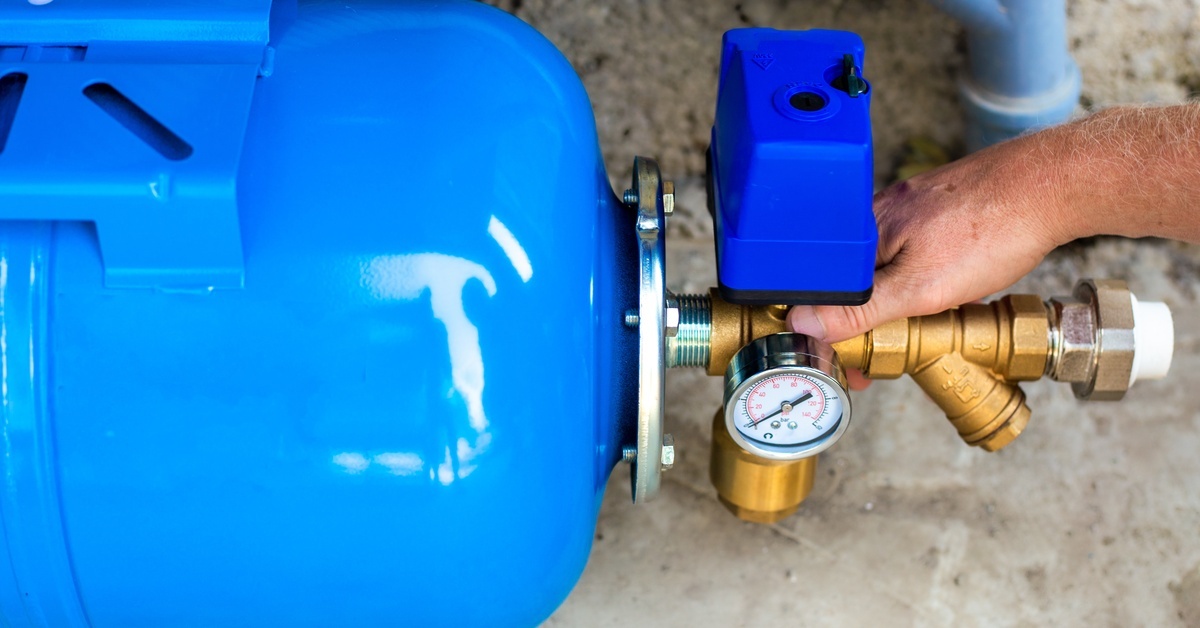
Annual Checks
Once a year, it is a good idea to schedule a professional inspection and servicing for your system. A qualified technician has the expertise and tools to perform a detailed assessment that goes beyond routine DIY checks.
During this annual service, the technician should replace any worn seals and gaskets. Over time, these components can degrade, leading to leaks and a loss of pressure. Replacing them proactively prevents these issues from occurring. The technician will also have the tools to calibrate or replace the pressure gauges, making certain they provide accurate readings. A precise gauge is crucial for monitoring your system’s health.
This professional servicing provides an opportunity to address any underlying issues you might not have noticed and gives you confidence that your system is ready for another year of reliable service.
The Long-Term Value of Your Checklist
Sticking to a preventative maintenance schedule for your booster pump is the most effective way to protect your investment and maintain a reliable water supply. This checklist provides a clear, actionable plan to keep your equipment in prime condition, from daily observations to annual professional servicing. By catching small problems early, you prevent them from becoming expensive emergencies.
Implementing these simple yet vital tasks will extend the life of your pump, sustain its efficiency, and provide you with consistent, powerful water pressure for years to come. Your system works hard for you, and with a little regular care, it will continue to deliver the performance you depend on.
Recent Posts
-
A Guide to Implementing Indirect Water Heating With Boilers
Choosing the right water heating method for your home or business significantly impacts energy effic …Dec 9th 2025 -
How Tankless Water Heaters Can Benefit Commercial Kitchens
A commercial kitchen operates at a fast pace and maintains very high performance standards. Every pi …Dec 3rd 2025 -
Noise Reduction Strategies for Urban Booster Pump Installs
In densely populated urban areas, every sound matters. The constant hum of traffic, construction, an …Dec 2nd 2025


